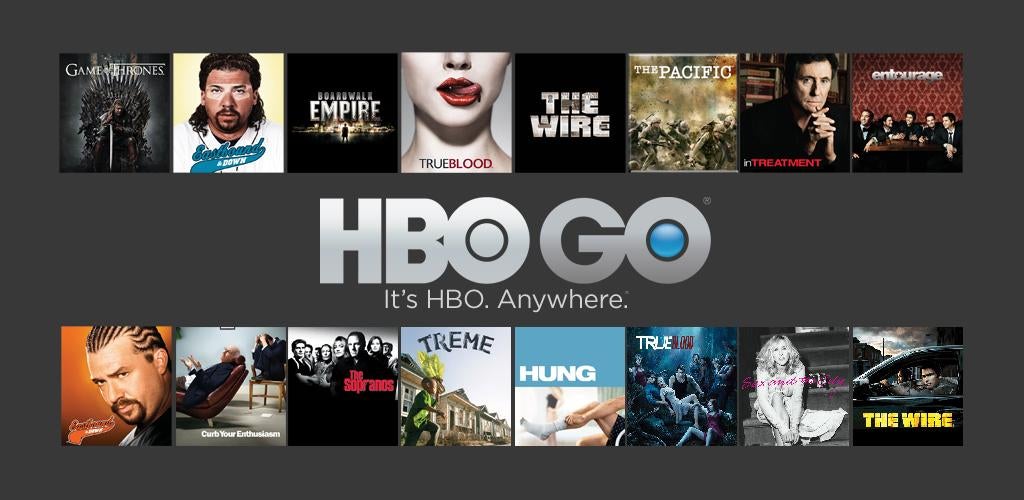In a post-broadcast era of television, it seems that shows can longer be confined to specific genres. Aside from anything created by Chuck Lorre (Two and a Half Men, The Big Bang Theory) I really struggle to think of a comedic show in recent years that doesn’t incorporate some element of drama or various other genres. Take this thought and add in the gamechanger that is HBO, with its branding of shows as ‘quality T.V’ , and you can begin to understand how television has become the wonderfully impossible grey area it is today; and no other show embodies the modern genre-less, niche audience success more so than Lena Dunham’s Girls.

If you look at HBO’s catalogue of original television shows from past and present, you’ll find an incredibly eclectic array of programmes. From The Sopranos to Looking, True Blood, Curb Your Enthusiasm and Game of Thrones, it seems that these shows have no connection whatsoever. However, this couldn’t be further from the truth as all the shows fall under the banner of HBO they all share a common feature, besides they’re tendency to include highly graphic material in terms of sex and violence due to them not having to conform to network censorship rules, they can all be constituted as ‘quality T.V’. So what exactly are the tropes of quality television? The most common factors seem to be that with each show there is a much more complex narrative form as opposed to the typical episodic network show, there is a strong sense of aesthetic with all the series containing sophisticated cinematography and lastly each show caters towards a specific market instead of targeting a mass audience.

Brining the conversation back to Girls, it is the epitome of this notion of quality television in the way it uses its target audience to shape the series thematically and in the way HBO strategically uses it to appeal to an untapped market of white early twenty year olds in order to rebrand the channel in typical HBO fashion. More than other shows, Girls seems to be most overtly aware of where it stands in regards to what has come before it, as it openly refers to HBO’s Sex and the City in its pilot episode. The show uses this intertextual reference to acknowledge its similar premise of following four women living in New York to further accentuate the show’s plight to address an entirely new sector of society in a more realistic way by having the characters living in realistic apartments in financially achievable neighbourhoods as opposed to Carrie Bradshaw gallivanting around Manhattan in designer clothing (no disrespect to SATC in any way).

Girls also exemplifies how ‘quality television’ continues to strive to be of hybrid genres, as while Girls pitches itself as a comedy, it achieves its realism in the way it mirrors life’s duality of happiness and despair. This is seen from the onset of the show, as it tackles storylines of Jessa dealing with needing an abortion, Hannah losing her job and Marnie being unhappy in her relationship all in the first two episodes yet still achieving immense laughter from viewers. In fact the show’s comedy is rooted in a sense of relatedness from the audience’s own experiences which can be both humorous and bleak at the same time.
With HBO and subsequent channels mimicking its style like AMC and FX constantly on the rise of popularity in terms of ratings and online subscriptions as opposed to the steady decline of network television, it is clear that T.V is in the midst of a renaissance. Genre no longer spearheads how a show is defined and marketed, as an emphasis on quality and innovation of the series has certainly emerged.